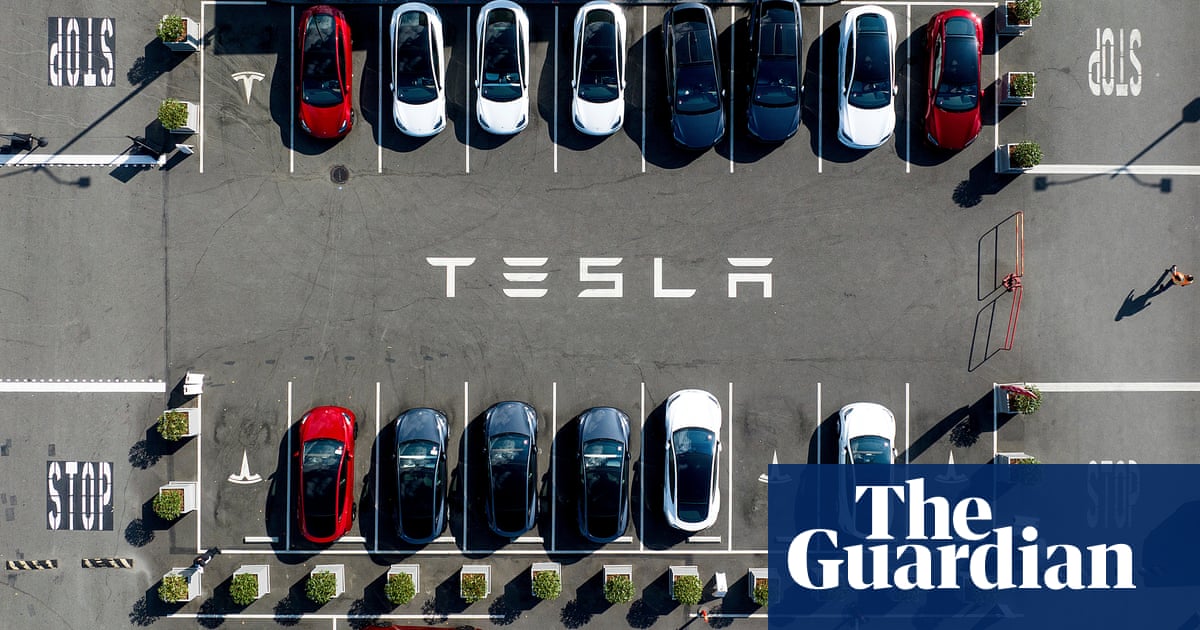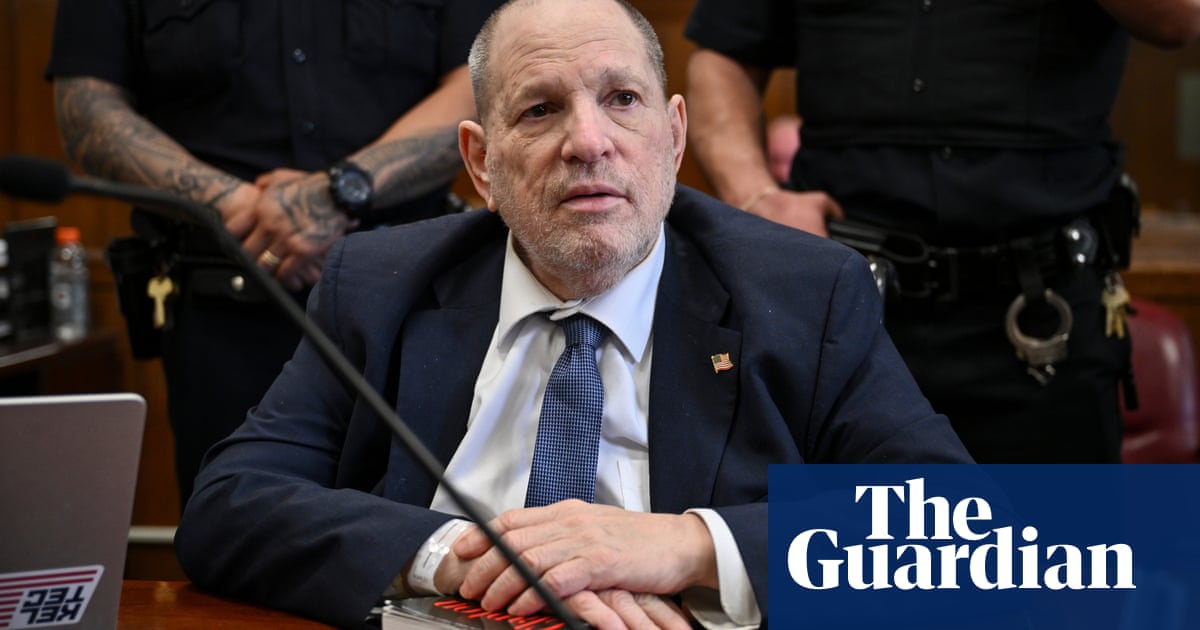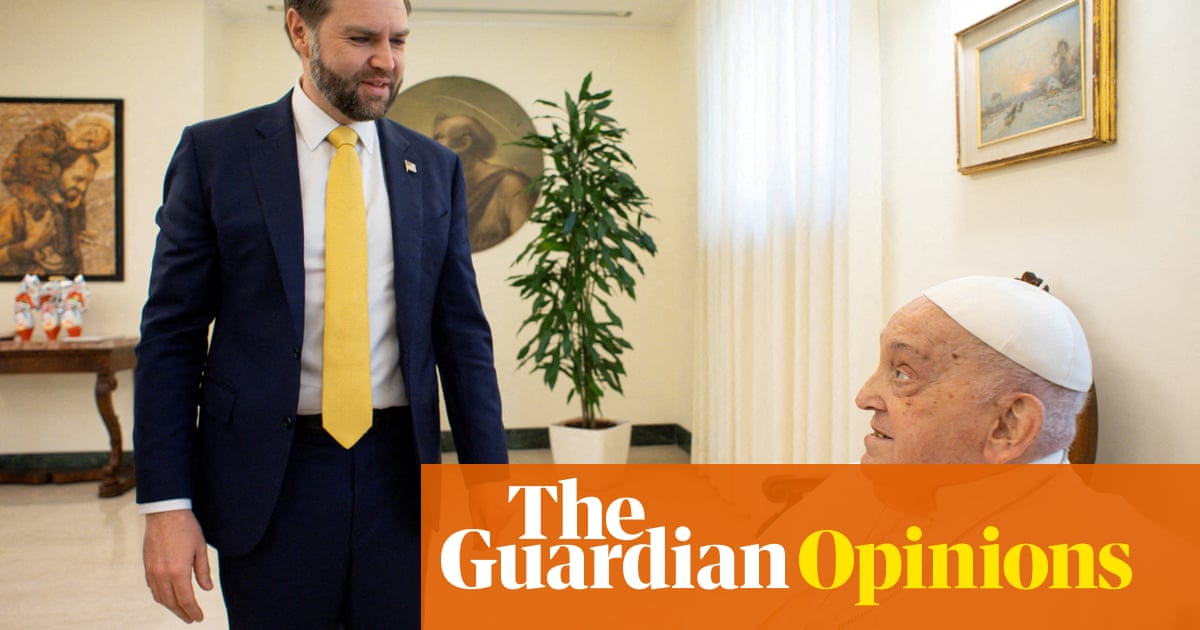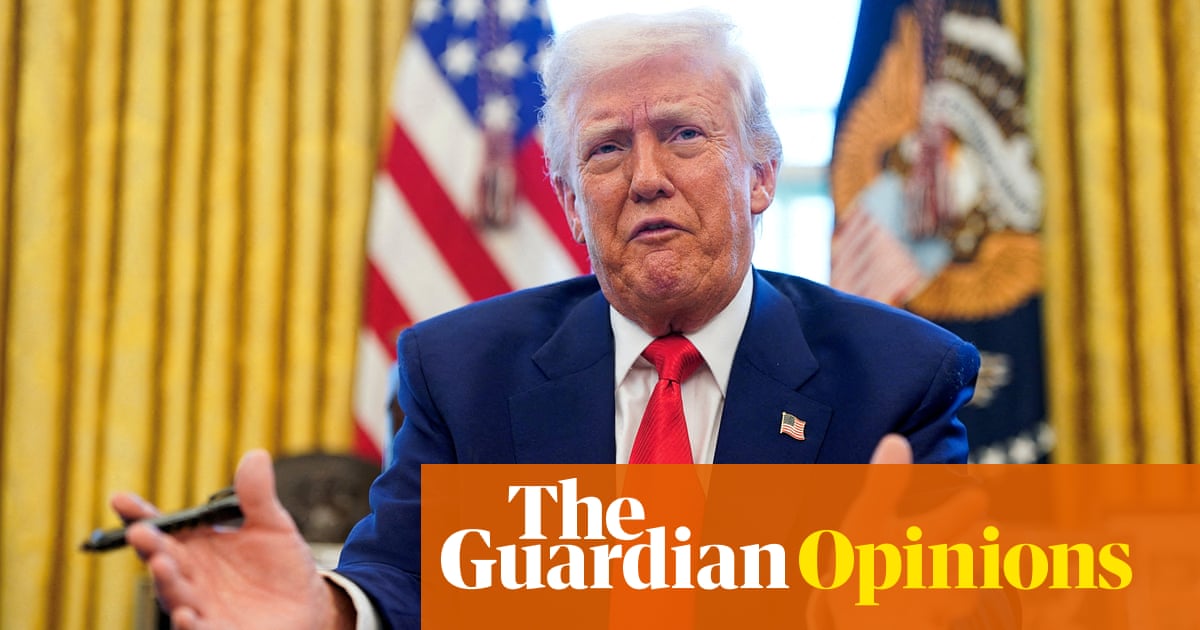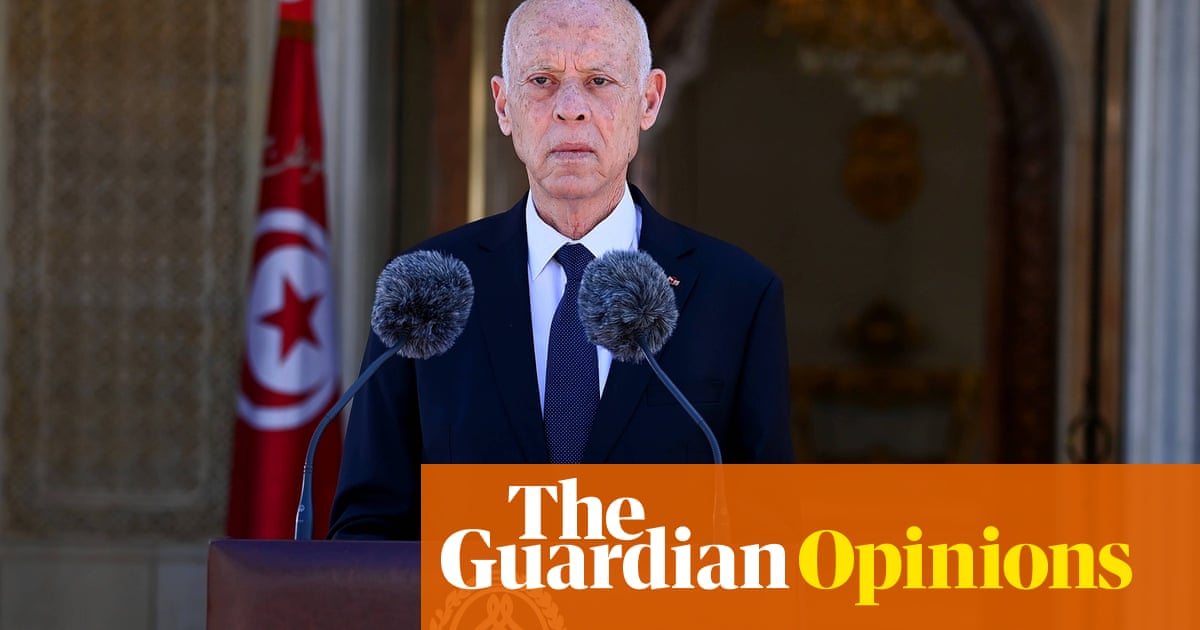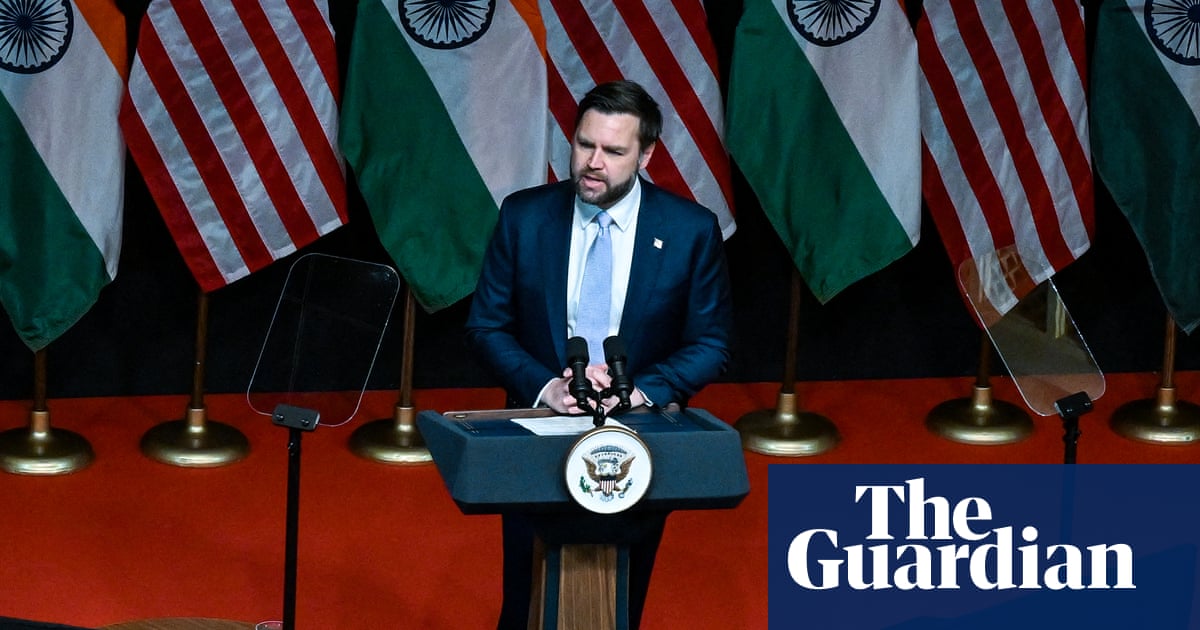The first step in winning a public debate, indeed in any effective communication, is to get attention for your message. But that in and of itself is not enough. Attention is the means, not the end, because the end is persuasion. Once you have people’s attention, then you can try to persuade them with your evidence and arguments.
This, at least, is the traditional model of communication. The trouble is, this basic model has fallen apart. It is crumbling to dust before our eyes, though we have a hard time accepting how far gone it is. The reality is that everywhere you look, there is no longer any formal set of institutions to force public attention on a topic, no basic rules for who will speak when and who will listen.
Under these conditions, the need for attention becomes exclusive; it swallows debate, it swallows persuasion, it swallows discourse whole. Attention ascends from a means to an end to the end itself. If you can’t be heard, it doesn’t matter what you say. And right now it’s both easier than ever to shout and harder than ever to be heard. The incentives of the attention age create a new model for public debate in which attention is its own end, to be grabbed by any means necessary.
This transformation has been a long time in the making. Before the digital age there was the TV age. In Amusing Ourselves to Death, published in 1985, the author Neil Postman argued that for its first 150 years the US was a culture of readers and writers, and that the print medium – pamphlets, broadsheets, newspapers, and written speeches and sermons – structured not only public discourse but the institutions of democracy itself. TV destroyed all that, Postman argued, replacing our written culture with a culture of images that was literally meaningless. “Americans no longer talk to each other, they entertain each other,” he wrote. “They do not exchange ideas; they exchange images. They do not argue with propositions; they argue with good looks, celebrities and commercials.”
Postman first settled on his argument while working on an essay about two different dystopian visions of the future that had been offered in the mid-20th century: Aldous Huxley’s Brave New World and George Orwell’s Nineteen Eighty-Four. Postman’s insight was that these two books, though often grouped together, portray very different dystopias. In Orwell’s vision, all information is tightly controlled by the state, and people have access only to the narrow, bludgeoning propaganda that is force-fed to them. Huxley’s vision was the opposite. In Brave New World, the problem isn’t too little information but too much, or at least too much entertainment and distraction. “What Orwell feared,” Postman writes, “were those who would ban books. What Huxley feared was that there would be no reason to ban a book, for there would be no one who wanted to read one. Orwell feared those who would deprive us of information. Huxley feared those who would give us so much that we would be reduced to passivity and egoism.” The key insight that propels Postman’s now-classic work is that Huxley described the future much better than Orwell.

Postman didn’t quite frame his argument in terms of attention, but what I take from it is that in competitive attention markets, amusement will outcompete information, and spectacle will outcompete arguments. The more easily something attracts our attention, the lower its cognitive load, the less friction there is for us to be drawn to it. By the 1980s, the dominant mode of political communication was the minute-long ad, and Postman’s central point, that it’s a long way down from the Lincoln-Douglas debates of 1858, where the two challengers for the Illinois state senate squared off in 90-minute speeches, to Reagan’s “Morning in America” commercial, seems irrefutable.
A little more than two decades after Postman published his book, the US writer George Saunders developed some of its themes in an essay about the bleating idiocy of American mass media in the era after 9/11 and the run-up to the Iraq war. In it, he offers a thought experiment.
Imagine, Saunders says, being at a cocktail party, with the normal give-and-take of conversation between generally genial, informed people. And then “a guy walks in with a megaphone. He’s not the smartest person at the party, or the most experienced, or the most articulate. But he’s got that megaphone.” The man begins to offer his opinions and soon creates his own conversational gravity: everyone is reacting to whatever he’s saying. This, Saunders contends, quickly ruins the party. And if you have a particularly empty-minded Megaphone Guy, you get a discourse that’s not just stupid but that makes everyone in the room stupider as well:
“Let’s say he hasn’t carefully considered the things he’s saying. He’s basically just blurting things out. And even with the megaphone, he has to shout a little to be heard, which limits the complexity of what he can say. Because he feels he has to be entertaining, he jumps from topic to topic, favouring the conceptual-general (‘We’re eating more cheese cubes – and loving it!’), the anxiety- or controversy-provoking (‘Wine running out due to shadowy conspiracy?’), the gossipy (‘Quickie rumoured in south bathroom!’), and the trivial (‘Which quadrant of the party room do YOU prefer?’).”
Yes, Saunders wrote that in 2007, and yes, it sounds uncannily like the spoken patter of a certain US president, doesn’t it? But Saunders’ critique runs deeper than the insidious triviality and loudness of major TV news. He’s making the case that the sophistication of our thinking is determined to a large degree by the sophistication of the language we hear used to describe our world.
This is not a new contention: the idea that dumb media make us all dumber was part of the very earliest critiques of newspapers, pamphlets and the tabloid press in the late 18th century, and has continued right up to the present day. I once thought, along with many others, that the internet was going to solve this problem. No more gatekeepers, no more relying on the crass commercial calculations of megacorporations about what audiences want. We, the public at large, were going to seize back the means of communication. We were going to remake the world through democratic global conversations. Now, the wisdom of crowds would rule.
That’s not what happened. The internet really did bring new voices into a national discourse that for too long had been controlled by far too narrow (too white, too male, too affluent) a group. But it did not return our democratic culture and modes of thinking to a more serious, thoughtful era. The writing got shorter and the images and video more plentiful until the internet birthed a new form of discourse that was a combination of word and image: meme culture. A meme can be clever, even revelatory, but it is not discourse in the mode that Postman pined for.
As for the guy with the megaphone prattling on about the cheese cubes? Well, rather than take that one guy’s megaphone away, we just gave everyone at the party their own megaphone. And guess what: that didn’t much improve things! Everyone had to shout to be heard, and the conversation morphed into a game of telephone, of everyone shouting variations of the same snippets of language, phrases, slogans. The effect is so disorienting that after a long period of scrolling through social media you’re likely to feel a profound sense of vertigo.
Not only that: the people screaming the loudest still get the most attention. And it was in this setting that the guy with the loudest megaphone, the most desperate, keening need for attention in perhaps the entire history of the United States, rose to power.
It is, sadly, at this point that I am forced to talk at some length about Donald Trump. You simply cannot write about how the rise of attention as the most valuable resource has changed our politics without writing about Trump. He is the political figure who most fully exploited the new rules of the attention age. He seemed to sense intuitively – born of a combination of his experience with the New York City tabloids and his own psychological needs – that attention is all that matters.
This is not typically true for politicians. Yes, they need to attract attention to have sufficient name recognition, but that is just a first step. A politician needs attention as a means of getting people to like him and vote for him. Of course, if you are only concerned with maximising the amount of attention you receive, there are all kinds of things you can do to get that attention. The problem is that, in the traditional model, not all attention is good. There are ways to get attention – running through your district naked – that are foolproof for the limited goal of getting attention, but would probably hurt you in your attempt to persuade your neighbours to vote for you.
Trump’s approach to politics ever since the summer of 2015, when he entered the presidential race, is the equivalent of running naked through the neighbourhood: repellent but transfixing. In that race to become the Republican nominee, his competitors found the entire spectacle infuriating. No matter what they did – unveil a new plan for tax policy, give a speech on America’s role in the world – the questions they faced were about Donald Trump. Tim Miller, who worked on Jeb Bush’s campaign, recounts that he had a staff member track in a spreadsheet all of the media mentions of Bush. By far the biggest category was mentions of Bush reacting to Trump. Trump was the attentional sun around which all the other candidates orbited, and they knew it. There was no way to escape the gravitational pull, no matter what they did. And of course whatever you said about Trump – criticism, sarcasm, praise – it was all just further directing attention to Trump.
Unlike love or recognition, attention can be positive or negative. Trump cares deeply about being admired, sure, but he’ll take attention in whatever form he can get. He’ll take condemnation, rebuke, disgust, as long as you’re thinking about him. Being willing to court negative attention at the cost of persuasion is really Donald Trump’s one simple trick for hacking attention-age public discourse.

There was a deep logic to this approach. Trump intuited that if he drew attention to certain topics, even if he did it in an alienating way, the benefits of highlighting issues where he and the Republican party held a polling advantage would outweigh the costs. Here’s a concrete example: in 2016, polling tended to show that Republicans were more trusted on the issue of immigration than Democrats. Trump wanted to raise the amount of attention paid to the issue, and to that end he was constantly saying wild and hateful things on the topic. In the first few minutes of his very first speech, he accused the Mexican government of “sending” rapists and other criminals to the US, an accusation both ludicrous and offensive enough that it immediately led several businesses and organisations (including NBC, which aired The Apprentice) to cut ties with him. But that was just the beginning. As a standard part of his stump speech, he infamously promised to build a wall across the entire 2,000-mile expanse of the US-Mexico border and, even more absurdly, claimed he would make Mexico pay for it. In June of that year, a Gallup poll found 66% of Americans were opposed to building a wall along the whole southern border.
You would think, given those polling numbers, that Trump would not keep hammering the issue. But his continued insistence on the policy reliably attracted attention to the issue of immigration, in which, as a general matter, Republicans had an advantage over Democrats. When he attacked the Mexican-American heritage of a federal judge who was ruling on a lawsuit, it was despicable and bigoted, but also another opportunity to attract attention to immigration.
Public attention, particularly in a campaign, is zero sum: voters are going to have only a few things in mind when considering candidates, and which issues they are focused on will be one of them. At the end of the 2016 campaign, when Gallup asked voters to volunteer words they associated with each candidate and then rendered the responses as word clouds – with the size of the word corresponding to the frequency of response – Hillary Clinton’s word cloud was entirely dominated by “emails”, while Trump’s featured “Mexico” and “immigration” among the top responses. This is how Trump won his narrow electoral college victory – by (among many other factors) pulling off the improbable trade of persuasion for attention, likability for salience.
In 2024, Trump more or less reprised this model. While polling showed his popularity and approval edging up a bit from what it was during his presidency, his negatives – as pollsters call them – remained high for a successful candidate. Certainly higher than, say, Mitt Romney in 2012. But once again his domination of public attention was near total. Elon Musk, the world’s richest man, enthusiastically threw himself into Trump’s campaign using both $250m dollars in direct campaign expenditures and the manipulation and domination of the attention platform X. Recent polling shows that Musk’s favourability has plummeted as his antics draw more attention, but in the end the attention is the point. It worked.
As the old models for how to win attention and how to use it erode, we are left with a struggle for attention itself, a war of all against all, in every moment. Despite being embedded in the attention age, despite our lamentations of its effects, and our phone addictions, and our addled, distracted mental states, I think we all still retain an outdated model of how public conversation happens. We are still thinking in terms of “debate” – a back-and-forth, or a conversation, or discussion.
But that is not at all what’s happening. Trump is a terrible debater in any classical understanding of the term. He doesn’t engage, he doesn’t construct logical refutations and rebuttals. In fact, it’s striking when you transcribe anything he says how syntactically odd it is, full of ellipses and self-interruptions. Often at the sentence level, what he is saying is nearly devoid of propositional content. What he does is shtick, salesman patter, Borscht Belt insult comedy and ad slogans. What he wants more than anything is for you to pay attention to him.
Attentional imperatives feel as though they have fully swallowed informational ones. In ways large and small, we are seeing the erosion of the last vestiges of a functional attentional regime – one that would guide the basic mechanics of, say, selecting who should be the lone political figure elected by all citizens to represent the country.
Here’s an example. During the early months of 2024, Joe Biden’s policy of full US support for Israel’s military response to Hamas’s 7 October atrocity began to fracture the Democratic coalition, as the sheer monstrous reality of its effect on Gazan civilians became clear. This was all happening in a presidential election year in which the Republican party already had a de facto nominee in Donald Trump. Under those conditions, you expect a robust debate to emerge between the two likely nominees over this signature foreign policy issue. So what was Donald Trump’s position on US support for Israel’s Gaza offensive?
He largely avoided articulating one. Usually, when asked about it, he would say: “If I were president this never would have happened,” and move on. And while it was clear he would be supportive of the Netanyahu government’s war efforts (saying he wanted to allow them to “finish the job”), the Trump campaign never presented any kind of position paper or comprehensive vision of its policy. Mostly, it was a bunch of often contradictory rhetorical gestures and evasions. Under those conditions, how exactly are voters supposed to even begin to evaluate what they would be voting for?
Trump was able to get away with this at least in part because of the sharp decline in the ability of the political press to effectively focus national attention. In the past, it would use that power to ends I found maddening – focusing on trivial scandals or ephemeral horse-race questions – but as an institution, what used to be called the campaign press or the national political press did have the ability to commandeer the public’s attention.
This shaped how campaigns campaigned and how candidates acted. In the summer of 2008, Vladimir Putin invaded Georgia. Both John McCain and Barack Obama, their respective party’s nominees, staked out positions on how to respond. The Republican McCain took a maximalist position of confrontation, while the Democrats’ Obama stressed diplomacy and working with allies to isolate Russia. The campaigns put out position papers, and the candidates gave speeches and organised background phone calls with reporters to flesh out their views.
That kind of approach – here’s a pressing issue of the day, here’s where I stand on it – is almost entirely gone now. We have a country full of megaphones, a crushing wall of sound, the swirling lights of a 24/7 casino blinking at us, all part of a system minutely engineered to take our attention away from us for profit. Under these conditions anything resembling democratic deliberation seems not only impossible but increasingly absurd, like trying to meditate in a strip club. The promise of the information age was unparalleled access to every single last bit of human knowledge at every moment, and the reality is a collective civic mental life that permanently teeters on the edge of madness.
Because focus is harder and harder to sustain in the attention age, it is thus more and more important. Which stories and issues obtain disproportionate public attention will have enormous consequences for how government functions and what choices our elected representatives will make.
This simple truth has profound implications for our civic health. Because, to put it reductively, what gets attention is very different from what’s important for sustaining a flourishing society. This tension is the central challenge of working in the attention industry, as I do. We in the news business have, to borrow the phrase used to describe the work of the Federal Reserve, a dual mandate: we must keep people’s attention and tell them things that are important for self-governance in a democratic society. And like the Fed trying to keep both inflation and unemployment low, we must try to do both even when there’s a direct trade-off between the two.
Here’s just one example of the challenge, repeated in some form or another nearly every single day of the 13 years I’ve been hosting a cable news show.
On 18 June 2023, a small deep-ocean submersible called the Titan lost communications contact after it departed for a tour of the Titanic wreckage off the coast of Newfoundland, Canada, in the North Atlantic. The five passengers inside the minivan-size pod had about 96 hours of oxygen, and quickly a massive multinational rescue mission set out to find them before their air ran out.

It was immediately clear that this was going to be a huge story, particularly on TV news. It had a set of features that reliably grab and hold attention. First, there was the suspense inherent in the plight of the five passengers: what would happen to them? Situations in which people are trapped alive and rescuers race to save them always draw big audiences. Then there’s the general fascination with transport disasters – sunk ships, plane crashes – not to mention the fact that this was all taking place around the wreckage of the Titanic itself, probably the single most iconic disaster in history.
And of course, the story did produce enormous audience demand and wall-to-wall coverage. But as the search dragged on, people began to rebel against the disproportionality of the coverage. During that very same week there had been another awful maritime disaster: a fishing boat filled with hundreds of migrants from Pakistan, Egypt and Syria capsized in the Mediterranean while trying to reach Italy. Hundreds of men, women and children died, all as a Greek coastguard ship watched nearby and did not rescue them. It was by no means the first such incident; this had become a gruesome regular occurrence in the Mediterranean.
And yet the boat full of hundreds of migrants had received a tiny sliver of the coverage of the five people inside the Titan who, it would turn out, had died when it imploded early in its journey. As the coverage of the submersible took over the news cycle, there emerged another subgenre of pieces making this very point – that there was something profoundly dehumanising and wrong about so much attention being paid to the plight of five affluent tourists while hundreds of desperate migrants drowned in silence.
Viewed coldly – and with as many years in the attention business as I have, I can’t help myself – the pieces about the double standard of the coverage were themselves pieces about the submersible, an attempt to capture the wind of attention gusting toward that story and then use it to power interest in another direction. When the New Republic ran one of the dozens of these pieces – “The media cares more about the Titanic sub than drowned migrants” – people noted that the New Republic itself hadn’t to date published any stories on the Greek migrant boat other than that one.
Without concerted effort, habit and training, what we are drawn to focus on and what we believe to be worthy bear no relation to one another. They may sometimes overlap by happy accident, but they are more often than not as estranged as id and superego. We have a robust vocabulary to describe the category of things we find gripping but morally dubious: “titillating”, “lurid”, “prurient” and so on. This is the category that occupies an enormous amount of the attention economy. The lurid and titillating are what tend to drive the evening news; they are the stories that we now describe as clickbait and once called “tabloid”.
There are consequences to where public attention flows. To go back to the two disasters at sea, once the story of the Titan’s loss of communication went public, an enormous search and rescue effort was undertaken by the US, Canadian and French governments. It’s hard to get a solid estimate on how much money the governments spent, but it was certainly millions of dollars. These are real material commitments that come as a direct result of the attentional imperatives. No such concerted rescue effort attended the capsized migrant boat.
This is just one example, but it serves as a kind of allegory. In nearly all areas of policy, from the smallest local township to the federal government, money follows attention, and the literal cost of a life depends in no small part on how attention-grabbing the death was.
Nowhere is the problem of attention more obvious and urgent than when it comes to climate change. According to our best estimates, it’s probably the hottest it’s been on the planet in 150,000 years. The effects of climate change are visible, sometimes spectacularly so, but climate change itself – the slow, steady, invisible accretion of greenhouse gases in the atmosphere – is literally imperceptible to human faculties. It is almost the opposite of a siren. It evades our attention rather than compelling it. None of our five senses can detect it.
It’s striking that when film-maker Adam McKay wanted to make a Hollywood blockbuster film about climate change, one that had to hold viewers’ attention for two-plus hours, he chose to tell the story via an allegory about a comet speeding toward Earth that would destroy the planet and extinguish all human life. One of the most dramatic moments in Don’t Look Up is when the comet appears in the sky. People notice it, traffic stops, and drivers and passengers emerge from their cars to gaze up in awe and terror. I loved this movie, but the thing about climate change is precisely that it never gives us that specific moment. We have charts to look at and pictures of droughts, and wildfire smoke, and glaciers calving. Heatwaves shut down airports and kill people in their homes. But we can’t see or hear the actual thing itself. There is no single moment, like the moment the comet appears in the sky, or the moment the second plane flew into the twin towers, that will be the moment when we realise when we realise the scale of the disaster.
Climate activists around the world have taken increasingly desperate measures to produce the kind of spectacle that will focus public attention. Some have taken to parking themselves in the middle of a road, binding themselves to each other with their arms handcuffed together inside tubes, refusing to move. Traffic builds up, people get angry and eventually news cameras arrive. Then there are the museum protests in which a few climate activists enter a museum and throw soup or paint on a famous work of art, which seem designed to create a sense of shock and revulsion. Other protests have disrupted concerts or sports contests.

The reaction to these efforts is almost uniformly negative: this doesn’t help the cause! This only alienates people who view you as weirdos and freaks, negatively polarising precisely the people you want to persuade! Which: fine. Sure. But the sheer, desperate, cri de coeur, FOR-THE-LOVE-OF-GOD-PAY-ATTENTION thrust of these demonstrations captures something objectively true: we’re hurtling toward disaster and no one seems to be giving it anywhere near the level of attention we should be.
These disruptions are designed to make the same kind of trade that Trump pulled off so successfully. What good is persuasion if no one’s paying attention? Who cares if people have a negative reaction so long as they have some reaction? You can be polite and civil and ignored, or you can fuck shit up and make people pay attention. Those are the choices in the Hobbesian war of all against all in the attention age, and it’s very hard for me to blame these people for choosing the latter.
Adapted from The Sirens’ Call: How Attention Became the World’s Most Endangered Resource by Chris Hayes, published by Scribe

.png) 2 months ago
23
2 months ago
23



